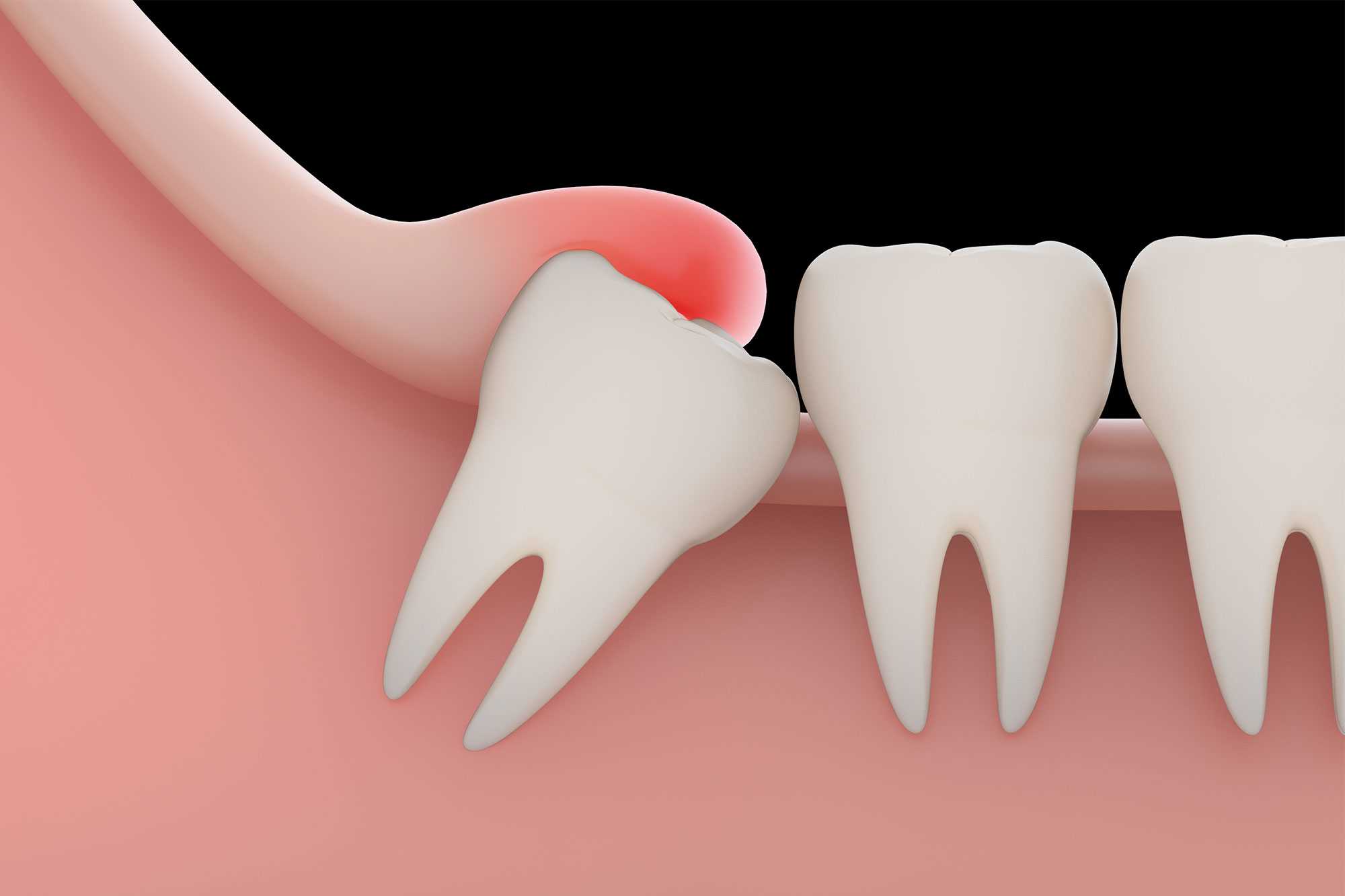
wisdom Tooth Removal
What is wisdom Tooth Removal?
A surgical technique called wisdom tooth extraction is used to extract one or more wisdom teeth. If the teeth are impacted, meaning they haven’t fully emerged from the gum line, or if they are in pain or overcrowding, the extraction may be required. A wisdom tooth that is impacted can cause a number of problems, including infection, cysts, and harm to nearby teeth. Maintaining general oral health and preventing these possible problems are the main objectives of wisdom tooth extraction.



Treatment for Wisdom Tooth Extraction
The course of treatment for extracting wisdom teeth is contingent upon the alignment and state of the teeth. Simpler procedures might just call for local anesthetic in certain situations, but more involved ones might call for general anesthesia or sedation. X-rays and an oral examination will be used by your dentist to assess your unique condition before prescribing the best course of action.
Consultation and Evaluation: Your dentist or oral surgeon must consult with you prior to the wisdom teeth extraction. X-rays will be taken during this appointment to evaluate the position of your wisdom teeth and gauge the difficulty of the extraction.
Selecting the anesthetic: Your dentist may suggest local anaesthetic, sedation, or general anesthetic depending on the complexity of the extraction and your comfort level. While sedation or general anesthesia may be utilized for more complex extractions to improve patient comfort, local anesthetic numbs the area surrounding the tooth.
Extraction Method: To extract a wisdom teeth, a cut in the gum tissue is made in order to reveal the tooth and bone. To facilitate its removal, the tooth can be split into parts. Following tooth extraction, the area is cleaned, and sutures may be used to promote healing.
Procedure for Wisdom Tooth Removal
Although the procedure for extracting wisdom teeth is usually simple, it can change based on the circumstances. Here’s a detailed rundown of what to anticipate:
Preparation: On the day of the procedure, you will be prepped and perhaps given anesthetic. Your dentist’s decision regarding the type of anesthesia will be based on your individual needs.
Incision and Removal: After administering anesthesia, the dentist will cut the gums to reveal the tooth and jawbone. It could be necessary to remove some bone in order to access the tooth if it is impacted. After that, the tooth is extracted entirely or in portions.
Cleaning and Stitching: Following the tooth extraction, the dentist will clean the area to get rid of any material that may have lodged in the tooth or bone. To ensure that the gums recover properly, stitches may be positioned. Sometimes dissolvable stitches are employed; these will eventually fall out on their own.
Post-procedure: You will be observed for a brief period of time before being released from the hospital. There will be guidelines for managing pain, edema, and dietary restrictions during the healing process.
Before and After Wisdom Tooth Extraction Procedure
For a wisdom tooth extraction to go well and for recovery to follow, proper preparation and aftercare are essential.
Before the Procedure:
Dietary Modifications: If general anesthesia is being used, you might need to abstain from food and liquids for a few hours before to the procedure.
Medication: Let your dentist know about any prescription drugs you use, as some may need to be stopped temporarily prior to the surgery.
Transportation: If you’re going to be sedated or given general anesthesia, make arrangements for someone to transport you home.
Following the Procedure:
Pain management: Following the extraction of a wisdom teeth, pain and edema are typical. Your dentist might suggest over-the-counter alternatives or write a prescription for painkillers.
Diet: Limit your intake of hot, spicy, or hard foods since they may irritate the extraction site. Instead, stick to soft foods.
Oral hygiene: To keep the area clean, gently rinse your mouth with salt water; nevertheless, do not brush vigorously in the vicinity of the extraction site.
After the Wisdom Tooth Extraction
Following wisdom teeth extraction, appropriate care is necessary to guarantee a trouble-free recovery. The following advice is for aftercare:
Handle Soreness and Swelling: To lessen swelling, place an ice compress on the area of your cheek next to the extraction site. Painkillers sold over-the-counter can also aid in the management of discomfort.
Keep an eye out for Complications: Keep an eye out for infection-related symptoms like pus, severe swelling, or lingering pain. If you have any symptoms, call your dentist immediately.
Avoid Physical Strain: Take it easy the first 24 hours following the treatment and stay away from physically demanding activities that can interfere with the healing process.
Maintain Oral Hygiene: Brush your teeth as usual, but be gentle around the extraction site. Do not use mouthwash for the first 24 hours.
Dietary Considerations: Once the extraction site heals, gradually resume solid foods; however, avoid anything that could irritate it, like chips or nuts.


Conclusion for wisdom Tooth Removal
Wisdom tooth extraction is a common and often necessary procedure to maintain oral health and prevent problems. Whether you’re in pain, uncomfortable, or just making plans ahead of time, being informed about the process and aftercare of wisdom teeth extraction can help you make informed decisions. Always visit your dentist to determine the best course of action for your particular needs.
F.A.Q.
Srikanth Dental
The procedure itself is usually painless because anesthesia is used. You may feel some discomfort and swelling after the extraction, but these can be treated with painkillers.
Most people recover from wisdom tooth extraction within a week, though it may take longer for more complicated extractions. Complete healing of the gum tissue can take up to one week.
Limit your diet to soft foods such as smoothies, mashed potatoes, and yogurt. Till the extraction site heals, stay away from hard, crunchy, or spicy foods.
